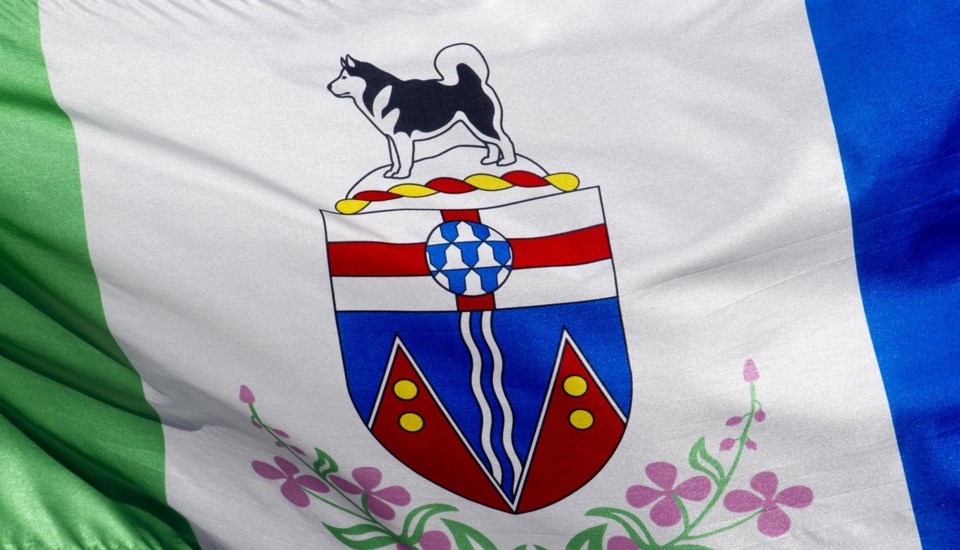MAYO, YUKON — A First Nation in central Yukon is demanding the immediate halt of all mining activity in its traditional territory, and an independent investigation into the recent failure of equipment at a gold mine which it says could be catastrophic.
Chief Dawna Hope of the First Nation of Nacho Nyak Dun, said the severity of environmental contamination from cyanide and other chemicals after a heap-leach pad failure at Victoria Gold's Eagle Mine hasn't been publicly revealed, but the First Nation and experts it hired believe the environment has been damaged.
"All mining activity must pause until there's a land-use plan that limits development and includes rigorous oversight and enforcement of mining and industrial operations in our territory," Hope said in an interview Wednesday.
"We'll pursue every available avenue, including legal options, to protect and preserve our rights, and to ensure that this environmental catastrophe is addressed, and the lands and waters of our territory are safe for fish, wildlife and people that have relied on these areas for generations."
Hope said about 40 per cent of Yukon's permitted mining activity is in Nacho Nyak Dun traditional territory.
Work has been voluntarily halted at the Eagle Mine, north of Mayo, since June 24, after the company announced the failure of its heap-leach pad, part of the system that uses a cyanide solution to extract gold from ore, and a subsequent slide.
Yukon government officials said at a press conference last week that information was still being gathered on how much ore moved in the slide, how much cyanide was in the facility, what caused the collapse and whether any water was contaminated.
They said Victoria Gold had built dams to hold back contaminated water, which was being pumped into storage ponds
At the end of the press conference, Cord Hamilton, an engineer working with the First Nation, said there was no doubt cyanide solution had been released into the environment.
He said the best available information suggested there was between 800,000 and a million cubic metres of the solution at the facility.
A technical report on the Victoria Gold website says the primary heap-leach pad can hold up to 92 million tonnes of ore.
The company has not provided an update on the situation since announcing the failure and CEO John McConnell has not responded to requests for comment.
Hope said the First Nation is particularly concerned about the safety of groundwater.
She said First Nations' staff visiting the site are taking photos and water samples of their own and that aerial pictures show that about two thirds of the ore is outside of containment and that substantial infrastructure is buried.
The Yukon government said it took its own water samples from around the mine and expects testing results this week. It has said the risk to public health is considered "very low."
Hope said that following the 2014 disaster at British Columbia's Mount Polley Mine, which sent millions of cubic metres of mine waste into nearby waterways, an independent review panel was in place in two weeks.
"We just want to make sure that all the checks and balances are in place for protection of our land, waters, wildlife and people and make sure that this does not happen again," she said.
"We feel that currently, what's in place is insufficient. And it's not being monitored or enforced. And it all contributed to this event."
A statement Wednesday from Yukon government spokeswoman Laura Seeley said Energy, Mines and Resources Minister John Streicker will be part of a second technical briefing scheduled for Thursday and that the government remains committed to working with the First Nation "to determine a path forward."
"Our top priority in the immediate term is safeguarding the health and well-being of people and the environment," she said.
The First Nation's traditional territory covers more than 160,000 square kilometres, mostly in Yukon, and stretches from Fort McPherson, N.W.T., in the north to the Â鶹ÊÓƵ MacMillan River and Pelly River in the south, and from the Dempster Highway in the west to beyond the border with the Northwest Territories.
— Ashley Joannou in Vancouver
This report by The Canadian Press was first published July 3, 2024.
The Canadian Press




